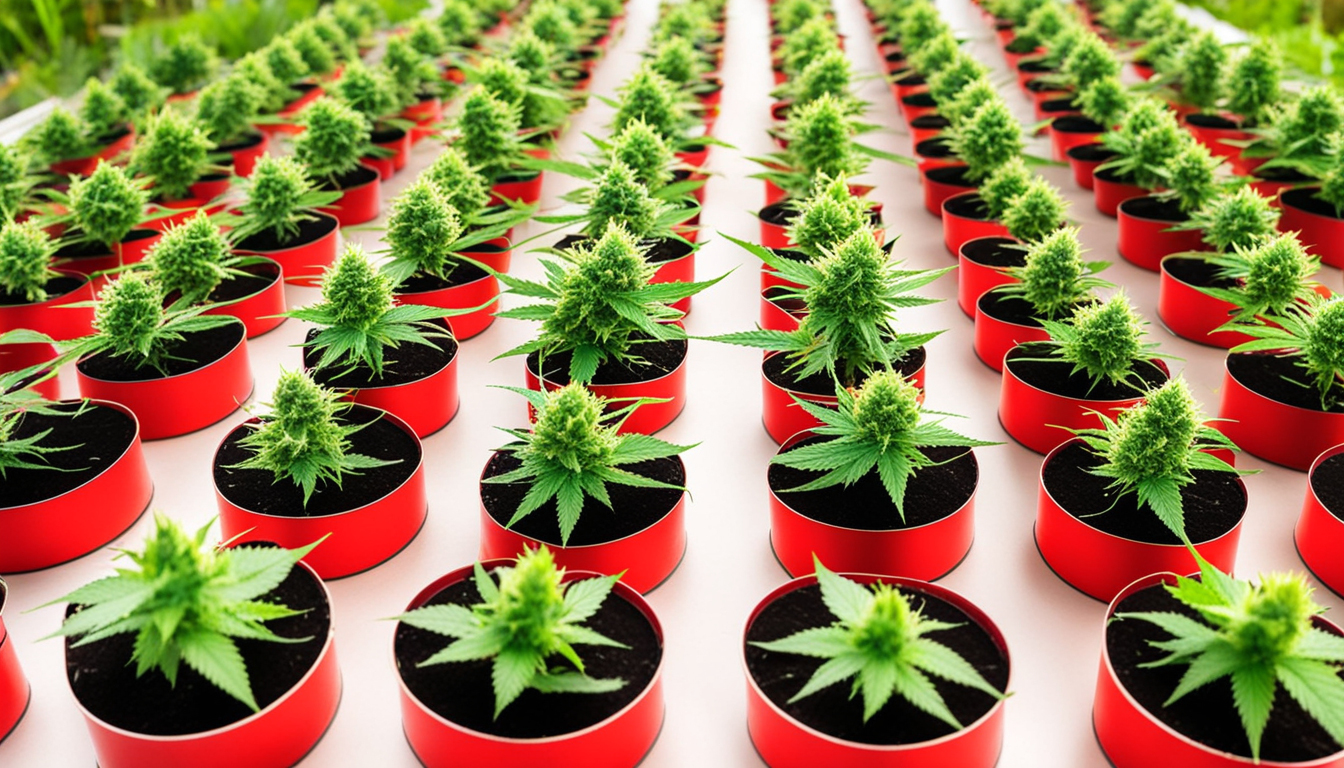
Whether you're beginning weed growing or looking to improve your existing harvest, following this complete guide will help you produce large, high-quality yields right at home. With the right equipment, methods, and attention, cultivating pot indoors can be an extremely rewarding and cost-effective endeavor.
Choosing Weed Strains
The first step in planning your indoor crop is choosing the right pot strains to cultivate. The three main types of weed plants each have their own traits.
Sativas
Known for their energizing cerebral effects, sativas grow tall and slender with narrow leaves. They thrive in hotter tropical climates and have a longer blooming time between 2.5-3 months indoors. Top sativa strains include Sour Diesel, Durban Poison, and Jack Herer.
Indicas
Indicas provide relaxing full-body effects and grow short and bushy with broad leaves. Accustomed to colder mountain climates, they flower faster within 8-9 weeks. Popular indica strains include Granddaddy Purple, Northern Lights, and Bubba Kush.
Hybrids
Hybrid strains blend traits from both sativas and indicas. They offer combined effects and have moderate blooming times around 2.25-2.5 months. Popular mixes are Blue Dream, OG Kush, and Blue Dream.
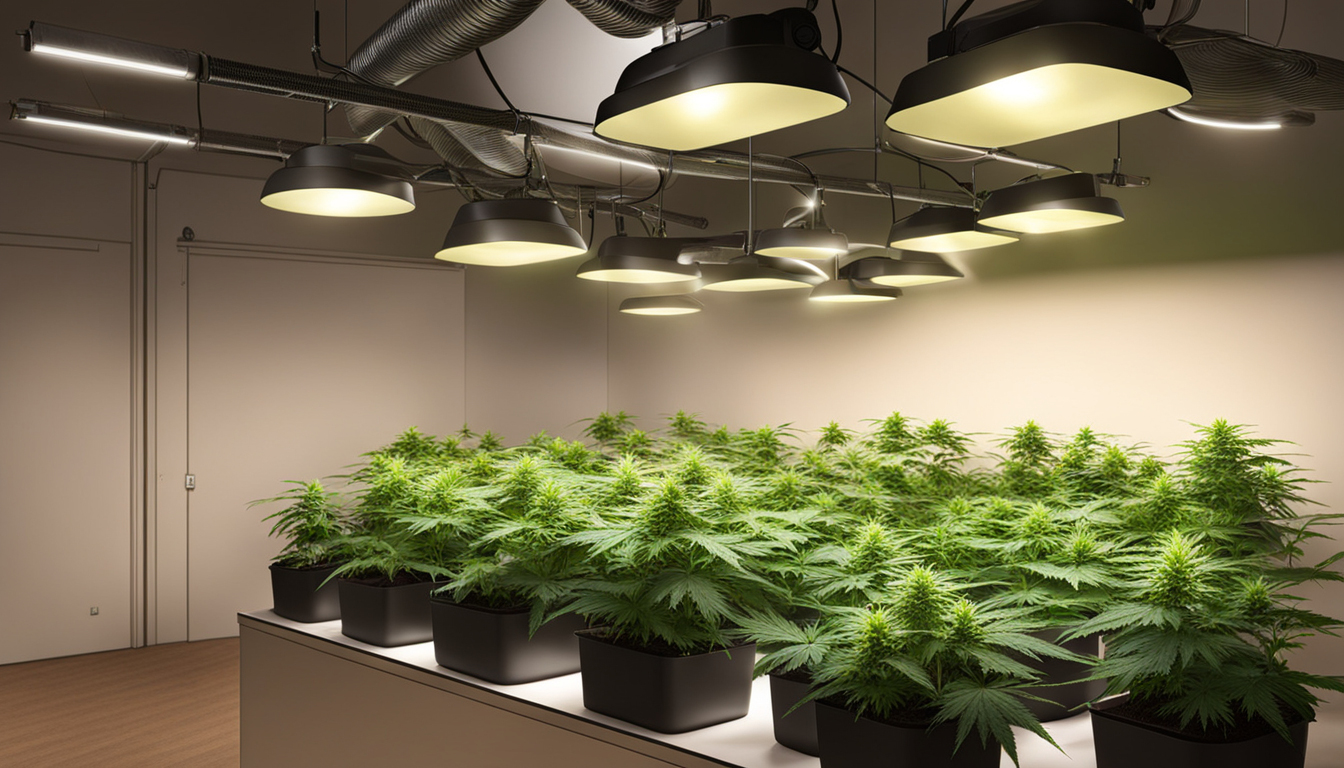
Setting Up Your Grow Space
Cannabis plants need the right controlled environment to succeed. Key factors for indoor cultivations are lights, ventilation, layout, and finding the ideal discreet location.
Location
Choose an available space with quick access to water and electrical outlets. An empty extra bedroom, unused closet, corner of the basement, or cultivation tent locked away in a garage all make great stealthy cultivation room spots.
Lighting
Weed requires intense light for all vegetative stages. LED grow lights are energy-efficient and come in full spectrum options replicating real sunlight. Cover 250-400 watts per square foot for the vegetative stage and 400-600 watts per square foot for flowering.
Airflow
Proper airflow and exhaust systems maintain ideal temp, humidity, and fresh CO2 levels. Set up silent 10-15 cm blowers or scrubbers to refresh stale air and reduce odors.
Layout
Maximize your space by positioning plants strategically under the lamps and allowing room to access and work around them. Set up distinct zones for vegetation, bloom, drying, and cloning.
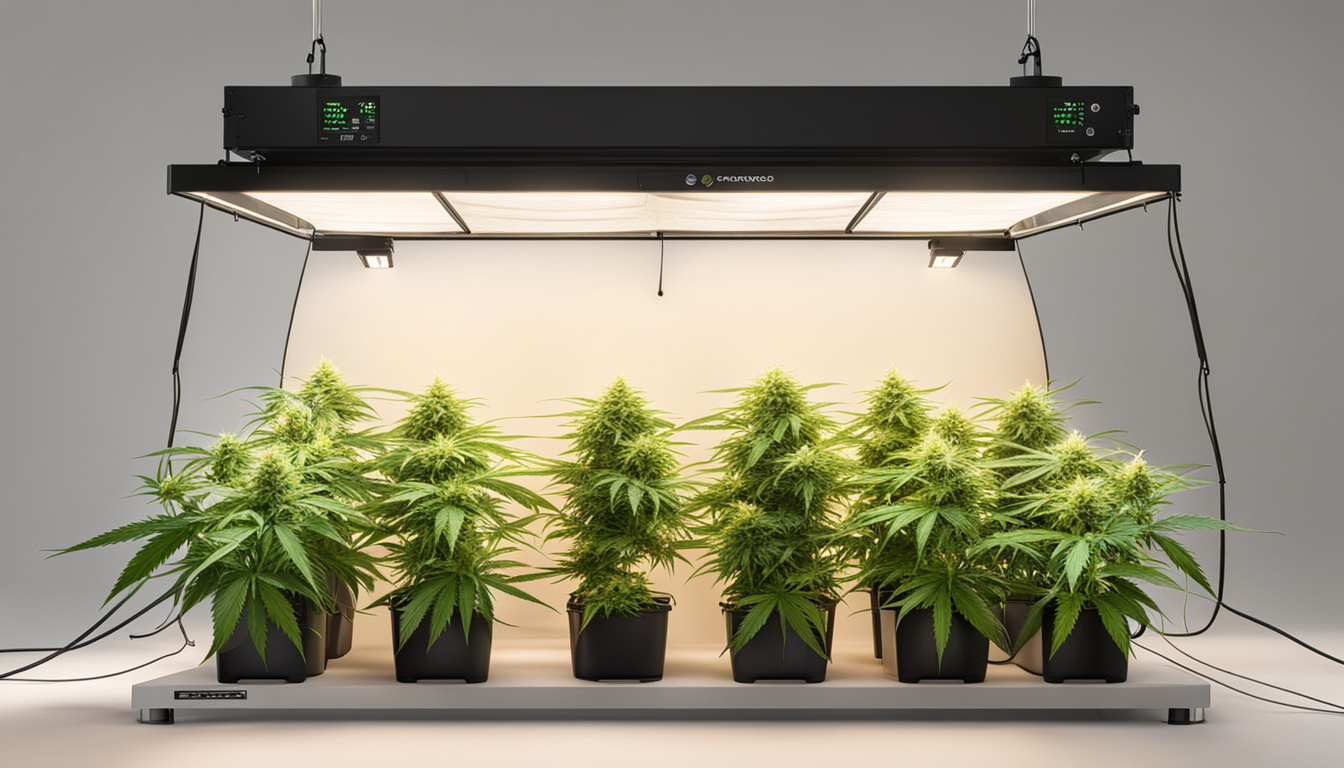
Growing Substrates
Weed can be cultivated in different substrates, each with benefits and cons. Pick a suitable option for your specific setup and cultivation style.
Soil
The classic substrate, soil is affordable and simple for new growers. It provides great taste but requires more watering and nutrients to nourish plants. Enrich soil with perlite or coco to enhance drainage.
Coco Coir
Made from coir, reusable coconut fiber retains water but still lets in air to the roots. It's cleaner and more predictable than soil. Use coir-specific nutrients to avoid accumulation.
Hydroponics
In water systems, plant roots develop directly in fertilizer irrigation solution. This allows quick development but needs close monitoring of solution chemistry. Deep water culture and irrigation systems are common methods.
Sprouting Seeds
Germination prepares your pot seeds to begin growing radicles. This prepares them for planting into their cultivation medium.
Towel Method
Place seeds between moist paper towel and keep them moist. Inspect after a week for emerging taproots showing germination is complete.
Direct Planting
Insert seeds directly into pre-moistened cultivation medium 6mm deep. Gently water and wait 1-2 weeks until sprouts push through the top.
Rockwool Cubes
Presoak cubic rockwool starters in pH-adjusted water. Insert seeds 1⁄4 inch deep into the cubes. Keep cubes wet until sprouts emerge within 1-14 days.
Repotting Young plants
Once sprouted, marijuana young plants need to be transplanted to avoid crowding. Move them into proper sized pots.
Preparing Containers
Fill large containers with growing medium amended with slow-release fertilizer. Let pots to soak up water for 8-12 hours before transplanting.
Carefully Transplanting
Gently loosen young roots from sprouting medium using a spoon. Place into prepared pot at equal depth as before and gently water in.
Growth Stage
The vegetative stage promotes foliage and plant form through 3/4 to full day of continual light exposure. This stage usually lasts 4-8 weeks.
Using 18-24 Hours of Lighting
Use lamps on a 24 daily schedule or natural sunlight to trigger constant growth. Lamp output influences height and internodal spacing.
Fertilizing
Use vegetative stage fertilizers richer in N. Make sure pH stays around 6.5 for proper fertilizer uptake. Fertilize 25-50% concentration after 2 weeks and strengthen slowly.
Training Techniques
Topping, LST, and trellising direct shoot shapes for even canopies. This boosts yields.
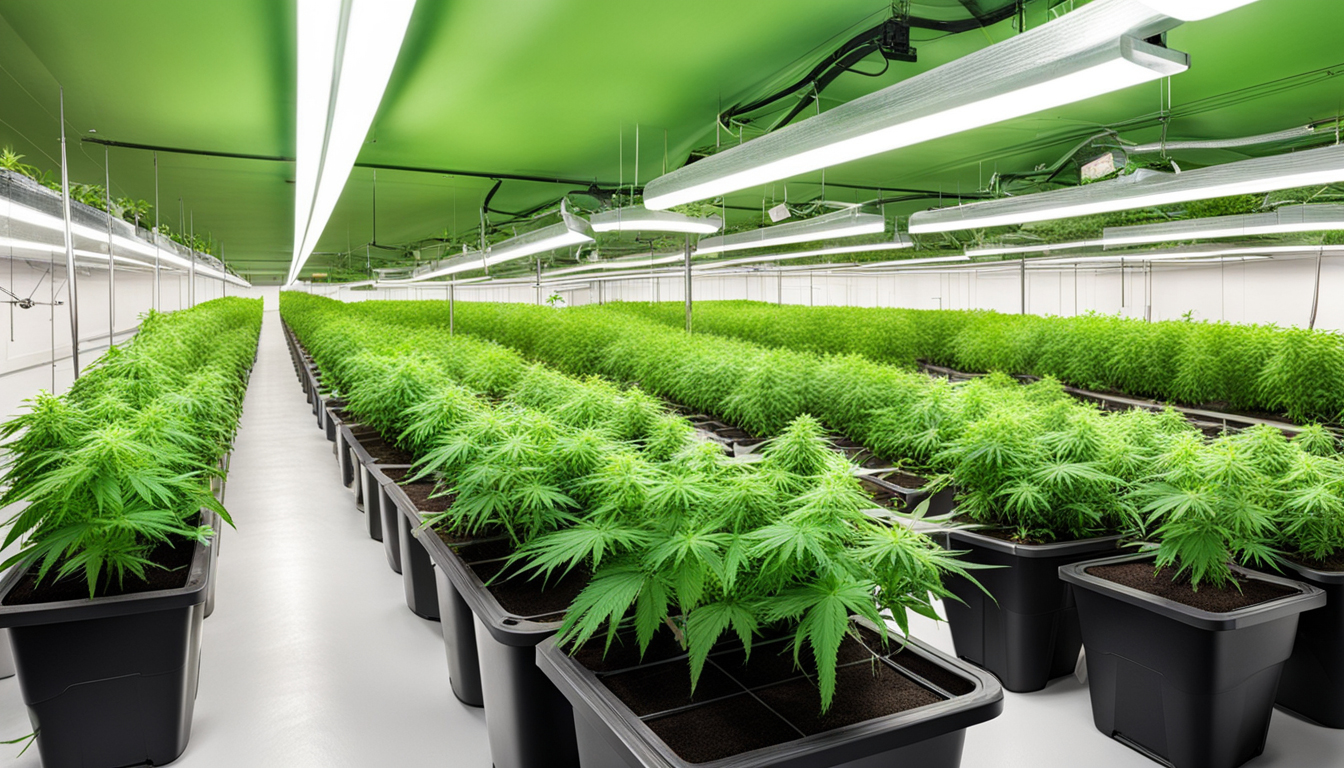
Bloom Stage
The flowering stage develops buds as plants show their sex under a 12/12 cycle timing. It lasts 8-12 weeks based on variety.
Switching to 12/12
Change lamps to 12 hours on, 12 hours off or place outside for outdoor 12/12 timing. This signals plants to begin blooming.
Flushing
Flushing removes fertilizer residuals to enhance taste. Fertilize lightly the first period then just use plain water the last 2 weeks.
Flushing
Maintain 12 hour photoperiod but flush using pH-balanced water only. Return to plain indoor cannabis grow guide watering if buds aren't ripe after two weeks.
Reaping
Knowing when marijuana is fully ripe delivers peak cannabinoid content and aroma. Harvest plants at optimal ripeness.
Identifying Ripeness
Check fading pistils, swelling calyxes, and 10-15% amber trichomes. Inspect buds across the plant as they don't all mature evenly.
Harvesting plants
Use clean, sharp pruning shears to gently cut each plant at the base. Leave 5-10cm of stem attached.
Drying
Suspend whole plants or branches inverted in a dark room with average temp and humidity around 50-60% for 1-2 weeks.
Curing
Curing keeps drying while improving the buds like fine wine. This process mellows harshness and intensifies cannabinoid and terpene profiles.
Curing containers
Trim cured buds from branches and place into sealed containers, filling about 3⁄4 full. Use a sensor to monitor Click Here jar moisture.
Opening jars daily
Open containers for a few hours each day to slowly lower moisture. Remoisten buds if RH drops below 55%.
Final Cure
After 14-21 days when humidity levels off around 55-65%, do a final manicure and store forever in sealed jars.
Troubleshooting
Even experienced cultivators run into different cannabis plant problems. Detect issues soon and fix them properly to keep a strong garden.
Poor feeding
Yellowing leaves often signify inadequate nitrogen. Purpling stems and leaves signal phosphorus deficiency. Test pH and increase fertilizers gradually.
Bugs
Spider mites, fungus gnats, mites, and nematodes are frequent cannabis pests. Use organic sprays, ladybugs, and yellow traps for natural control.
Mold
Excessive humidity promotes powdery mildew and root rot. Improve airflow and venting while lowering RH below 50% during bloom.
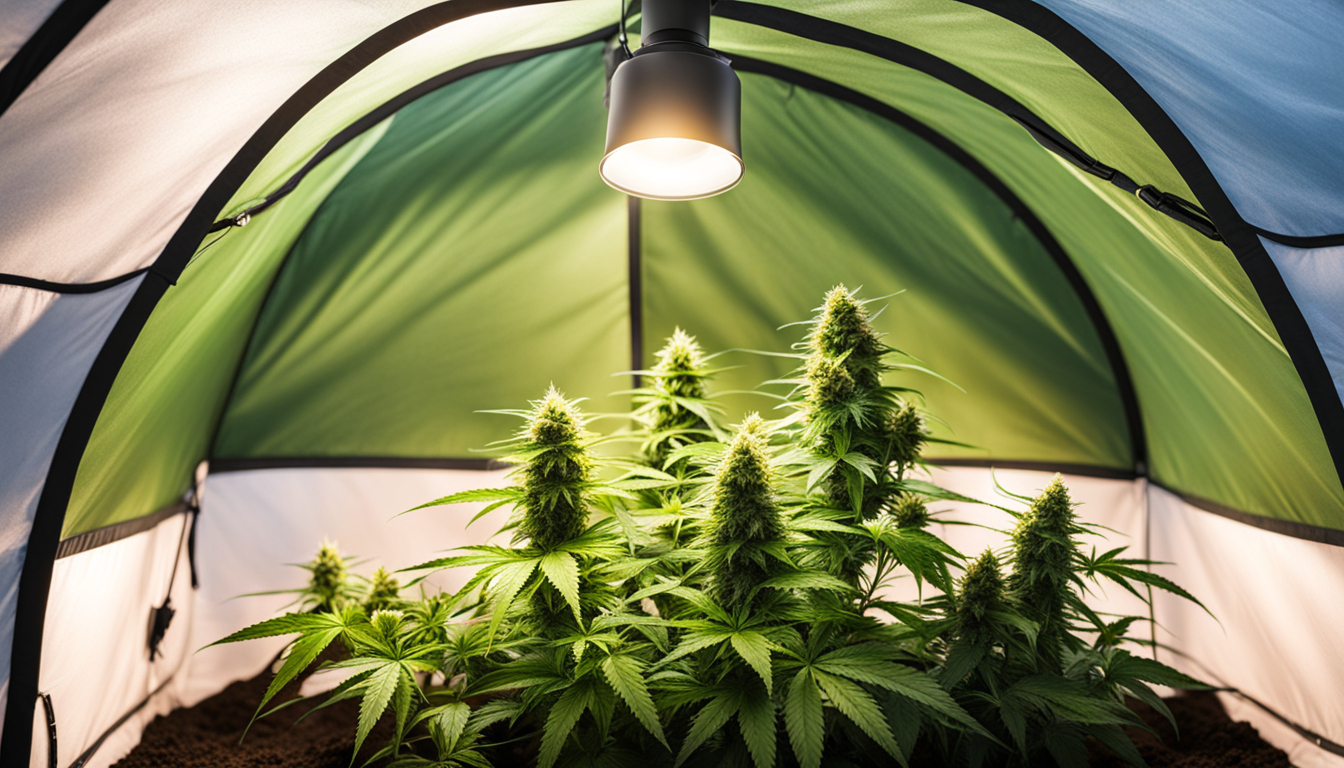
Conclusion
With this complete indoor weed growing guide, you now have the info to grow plentiful potent buds for private grows. Apply these steps and techniques during the germination, growth, and flowering stages. Invest in quality gear and closely check on your plants. In time, you'll be rewarded with frosty aromatic buds you raised yourself under the patient guidance grow cannabis of your green hands. Happy growing